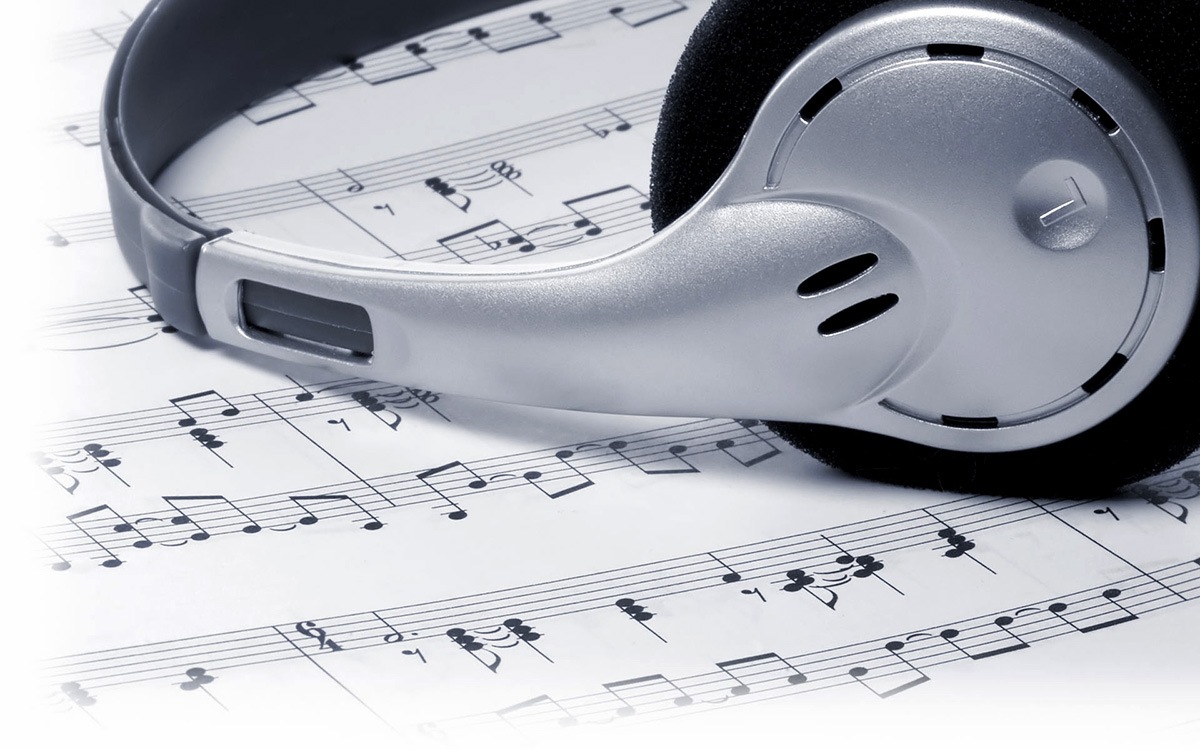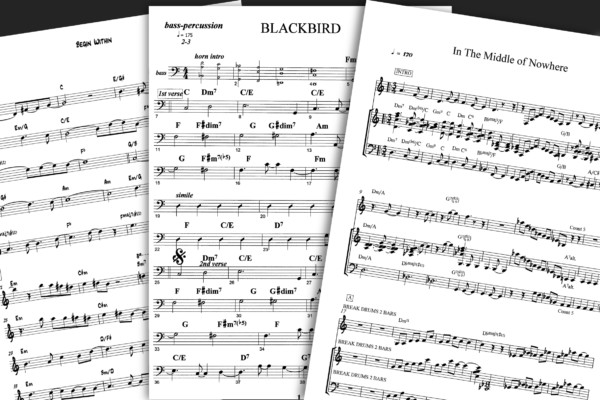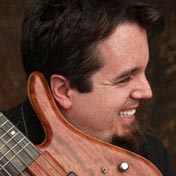Arranging for a Band

Q: Admittedly, this is not a bass specific question, but I am curious to know your thoughts on arranging standards and original tunes for a jazz quintet consisting of trombone, alto sax, drums, guitar, and upright/electric bass. I’ve written 15 or so tunes for the band, and we play some standards (“Satin Doll”, “Ornithology”, “A Night in Tunisia”, etc.), but I’m having trouble utilizing the horns to their full potential. I’ve been reading a lot of arranging theory but most of it applies to big bands and, while I’ve tried to apply the same concepts, some of the harmony just sounds forced. Do you have any thoughts or advice on arranging tune heads and backgrounds for a jazz quintet?
A: This is a question I thought would best be answered by a good friend of mine who also happens to be a fantastic pianist and composer. Greg Goebel tours with me in Gino Vannelli’s band, and we work together as sidemen fairly regularly. In an effort to answer every question and give a quality answer, I’ll pass this one on to Greg…
Arranging for a quintet can sometimes be more difficult than for an entire big band. The limitations of just two horns can be very challenging.
If you are approaching your arrangements for two horns with the goal of getting as many chord tones and/or 3rds and 7ths in the horn parts, then yes, it may begin to sound forced like you mentioned.
With the limitation of two horns you can’t cover all the harmonic information, so your comping instrument, piano, vibes, or in your case, guitar, can be your best friend. Two notes in the horn section by themselves may not convey much harmony, but with the addition of a chordal instrument it can be the perfect texture and sound very full.
Experiment with putting the horns in unison, octaves, tight harmonies (half steps and whole steps), wide harmonies, and parallel intervals. Try putting the horns in unison and only breaking into harmony at strategic points to add color and change texture.
In addition to these, using the horns in a more contrapuntal fashion (contrary motion, one horn filling space where the other is resting or holding a long tone, etc.) can be very effective.
One horn can be on the melody while the other outlines the moving line through the guide tones of the chord changes. (i.e.: the moving line from D-7 to G7 would be a C to a B). In arranging this is sometimes referred to as a “thumb line.”
Both horns do not always need to play the role of stating the melody. Try using one horn to double the bass line, maybe both horns play a comping pattern with guitar.
Above all, listen to recordings that have two horn arrangements that you like and transcribe the parts so you can analyze how the arranger is getting the sound that you are going for.
Using some of these different approaches will help to strengthen and add interest to your two horn quintet writing.
And as a thank you to Greg – and so you guys can check out some cool music – here is a little info about him and some more to check out:
From straight ahead jazz, funk and pop, to the avant garde, Greg Goebel is considered one of the Northwest’s first call pianists. Praised by critics for “manifesting his ideas with the immediacy and sureness of a master craftsman” (Jazz Times) and as “a force that is stretching known boundaries and moving the music into new territory” (Larry Koonse), pianist Greg Goebel shows himself as firmly rooted in tradition while simultaneously proving to be a unique voice among a new generation.
Recording and touring with pop star Gino Vannelli as well as critically acclaimed jazz bassist David Friesen takes Greg all over the globe.
When not touring, Greg enjoys performing locally with a wide variety of artists and teaching motivated students of all experience levels.
You can check out Greg’s album, Rainy City, here.
Have a question for Damian Erskine? Send it to [email protected]. Check out Damian’s instructional books, Right Hand Drive and The Improviser’s Path.



